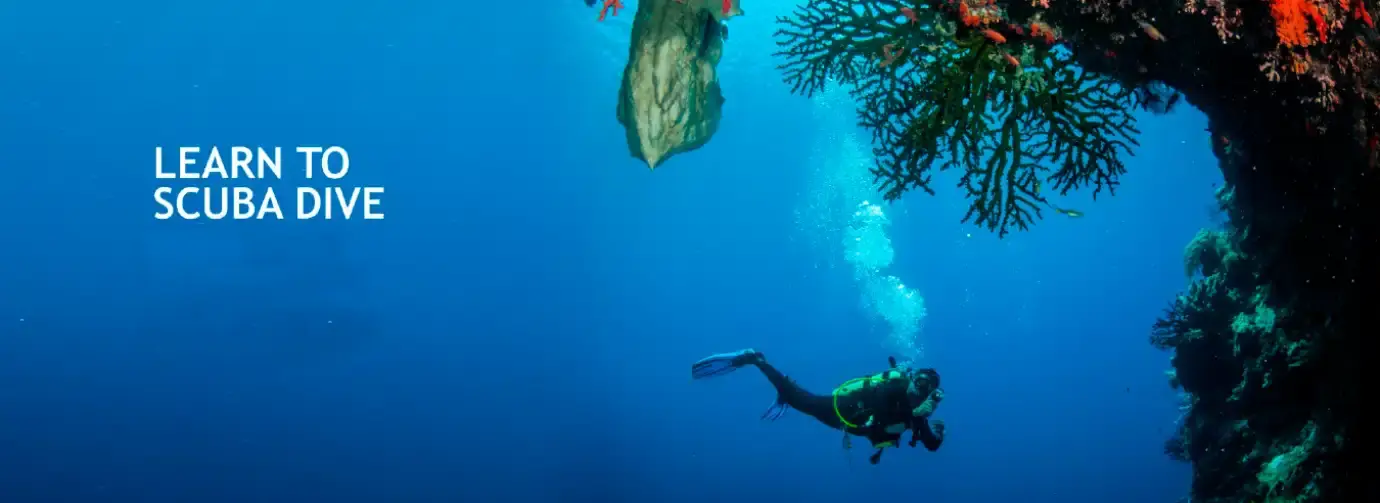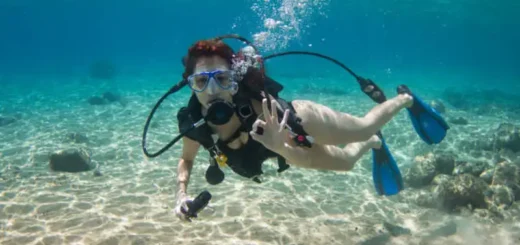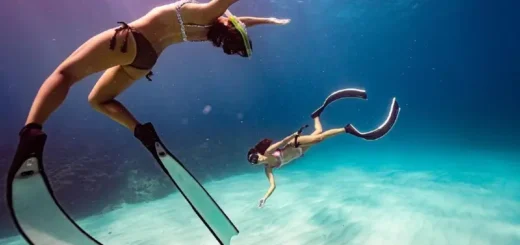Must-Have Free Diving Gear for New Zealand Waters
New Zealand’s stunning marine environment offers a paradise for freediving enthusiasts, but to fully enjoy its underwater wonders, having the right equipment is essential. The diverse ecosystems, from vibrant kelp forests to expansive underwater caves, require specialized New Zealand freediving gear that enhances safety and performance. This guide will help you navigate the essential equipment needed for your adventures, ensuring you are well-prepared to explore the breathtaking depths of the Pacific.
Choosing the appropriate New Zealand freediving gear not only elevates your experience but also supports your safety and comfort while diving. From wetsuits tailored for varying water temperatures to fins that optimize your movement, understanding the nuances of each piece of equipment is crucial. For more insights on how to select the best gear, check out this comprehensive guide. With the right tools, you can immerse yourself in New Zealand’s unique underwater world with confidence.
Understanding the Unique Marine Environment of New Zealand
New Zealand boasts a diverse marine ecosystem, ranging from temperate waters teeming with marine life to the subtropical regions in the north. The unique underwater terrain includes kelp forests, rocky reefs, and volcanic formations, making it essential for freedivers to understand the local environment before choosing their gear. New Zealand’s waters are home to a variety of species, including snapper, kingfish, and even the occasional dolphin or seal.
When selecting freediving gear, consider the specific conditions you will encounter. For example, if you plan to dive in colder waters, you will need wetsuits designed for insulation and thermal protection. Areas like the Poor Knights Islands and the Bay of Islands may have warmer temperatures, allowing for thinner suits or even shorties, while the waters around the South Island can be quite chilly, requiring thicker wetsuits.
Freediving in New Zealand also means being prepared for strong currents and variable visibility. It is advisable to invest in gear that provides safety features such as buoyancy aids and dive flags. Understanding local marine regulations is equally important, as some areas have specific rules about gear and conservation efforts. To further educate yourself on New Zealand’s unique marine environment, consider checking resources like Go Dive which provide valuable information on local diving spots and conditions.
Essential Wetsuits for New Zealand Freediving
Choosing the right wetsuit is crucial for freedivers in New Zealand, where water temperatures can vary significantly from the North to the South Island. A well-fitted wetsuit not only provides thermal protection but also enhances buoyancy and reduces drag in the water. For New Zealand conditions, a wetsuit with a thickness of 5mm to 7mm is often recommended for colder Southern waters, while a 3mm to 5mm suit may suffice for warmer northern regions.
When selecting a wetsuit, consider the material. Neoprene is the most common choice due to its insulation properties and flexibility. Some modern wetsuits come with additional features such as thermal linings and water-tight seals, which can help retain heat. Make sure to try on several options to find one that fits snugly without being restrictive. A properly fitted wetsuit will minimize water entry, keeping you warmer for longer.
Additionally, look for wetsuits that are specifically designed for freediving. These suits often have features such as a streamlined design and reinforced knees for improved durability. Brands that focus on freediving gear often offer suits tailored to the unique conditions found in New Zealand. For recommendations on specific wetsuits suited to local waters, visit Go Dive.
Choosing the Right Fins for Freediving
Fins are one of the most critical pieces of equipment for any freediver, and selecting the right pair can significantly enhance your underwater experience. In New Zealand, where currents can be strong and dives can be long, the right fins can make a significant difference in your performance and comfort.
When choosing fins, consider the material and design. Long blades, typically between 70 cm and 90 cm, are favored by many freedivers as they provide better thrust and efficiency. Carbon or fiberglass fins are lightweight and offer excellent flexibility, allowing for more powerful kicks with less effort. However, they can be more sensitive to damage, so be mindful when handling them.
For beginners, it may be wise to start with plastic fins. They are more durable and affordable while still offering decent performance. As you gain more experience and confidence, you can transition to higher-end materials. It’s also essential to match the fin size to your foot and ensure a snug fit to prevent blisters and discomfort during longer dives.
In New Zealand’s versatile diving environments, having multiple pairs of fins for different conditions can be beneficial. For example, shorter fins may be more suitable for rocky or kelpy areas, while longer fins excel in open water. For more insights on selecting the best fins for your needs, check out Go Dive.
Mask and Snorkel Selection for New Zealand Freediving
A high-quality mask and snorkel are essential for any freediver, especially in New Zealand’s often unpredictable waters. The right mask will provide a clear view of the stunning marine life while also fitting comfortably against your face. When selecting a mask, look for a low-volume design, which allows for easier clearing and equalization. Silicone skirts are preferable for a better seal and comfort during prolonged use.
For snorkels, a simple, straight design is often the best choice for freediving. Avoid models with complicated features like dry tops, which can create drag and reduce efficiency. A flexible snorkel allows you to dive deeper without it getting in the way. Make sure that the mouthpiece fits well and is made from soft materials to avoid jaw fatigue, especially during long dives.
When diving in New Zealand, visibility can sometimes be challenging due to phytoplankton blooms or sediment. A mask with an anti-fog treatment can help maintain clear vision, and a tinted lens can reduce glare in bright conditions. As you explore the underwater world, you’ll appreciate the importance of quality visibility. For further guidance on choosing the right mask and snorkel, visit Go Dive.
Weight Systems and Safety Gear for Freediving
Weight systems are crucial for achieving neutral buoyancy while freediving, allowing you to descend easily and conserve energy. In New Zealand, where conditions can vary drastically, having a reliable weight system is essential for both performance and safety. Most divers opt for either a weight belt or a weight vest, depending on their personal preference and the type of diving they plan to do.
Weight belts are often adjustable, allowing you to customize the amount of weight you carry based on the dive site and conditions. A comfortable weight belt with a quick-release buckle is essential for safety; in case of an emergency, you want to be able to remove it swiftly. Alternatively, a weight vest can distribute weight more evenly across your torso, providing greater comfort, especially during extended dives.
In addition to weight systems, safety gear is a must-have for any freediving adventure. A buoyancy aid or surface marker buoy (SMB) can help signal your presence to boats and other divers. It’s also wise to carry a dive knife, which can be useful in emergencies, especially in areas with kelp or fishing lines. Always dive with a buddy and establish a communication system to enhance safety underwater. For recommendations on safety gear and weight systems tailored for New Zealand’s unique conditions, check out Go Dive.
Understanding Freediving Regulations and Conservation in New Zealand
As a responsible freediver in New Zealand, it’s vital to be aware of local regulations and conservation efforts to protect the stunning marine environment. New Zealand is renowned for its commitment to marine conservation, and many areas are designated as marine reserves where specific rules apply. These regulations may include restrictions on fishing, spearfishing, and the use of certain equipment.
Before diving, always check the local rules for the area you plan to visit. For example, the Poor Knights Islands Marine Reserve is a protected area that prohibits fishing, allowing marine life to thrive. Understanding these regulations helps ensure the sustainability of New Zealand’s underwater ecosystems and enhances the experience for all divers.
Additionally, practicing eco-friendly diving techniques is essential. Avoid touching marine life or disturbing delicate habitats, such as coral reefs and kelp forests. Be mindful of your equipment to prevent any accidental damage to the environment. Participating in local clean-up efforts can also be a great way to contribute positively to the marine ecosystem.
To stay informed about conservation initiatives and regulations, consider visiting resources like Go Dive, which provide updates on marine protected areas and conservation efforts in New Zealand.
Finding Quality New Zealand Freediving Gear
Investing in quality freediving gear is essential for both safety and enjoyment, and New Zealand offers a range of options for beginners and seasoned divers alike. When looking for freediving gear, prioritize local retailers and brands that specialize in equipment designed for New Zealand’s unique conditions. Local expertise means that the gear will be suited for the specific challenges and opportunities present in the waters.
When selecting a supplier, consider customer reviews and their commitment to customer service. It’s beneficial to visit a store where you can try on equipment and receive personalized advice from knowledgeable staff. This approach ensures that you choose the right equipment for your body type and diving style, which is particularly important for items like wetsuits and fins.
Online shopping is another option, but ensure that the retailer has a good return policy in case the gear doesn’t fit as expected. Online platforms like Go Dive offer a selection of quality gear ideal for New Zealand conditions, along with expert advice and tips for new divers. Make sure to also check for seasonal sales or discounts, as investing in quality gear can sometimes be a considerable upfront cost.
In summary, choosing the right freediving gear for New Zealand’s unique marine environment involves understanding the local conditions, selecting quality equipment, and being mindful of conservation efforts. With the right preparation and gear, you can enjoy the breathtaking underwater world New Zealand has to offer.
FAQs
What is the essential freediving gear for New Zealand’s marine environment?
Essential freediving gear for New Zealand includes a wetsuit suitable for cold waters, a mask that provides a wide field of vision, a snorkel for effortless breathing, fins for efficient propulsion, and a weight belt to help with buoyancy control.
How do I choose the right wetsuit for freediving in New Zealand?
When selecting a wetsuit for New Zealand freediving, look for a thickness of at least 5mm to ensure warmth in colder waters. Neoprene suits with good flexibility and a snug fit are ideal to maintain body heat and allow for ease of movement.
Are there specific masks recommended for freediving in New Zealand?
Yes, for New Zealand freediving, choose a low-volume mask that fits comfortably and allows for easy equalization. A wide field of vision is also beneficial to enhance your underwater experience and observe the unique marine life.
What type of fins are best for freediving in New Zealand?
Long-blade fins made from flexible material are recommended for New Zealand freediving, as they provide better propulsion with less energy expenditure. Look for fins that are lightweight and provide a good balance between stiffness and comfort.
Do I need a snorkel for freediving in New Zealand?
Yes, a snorkel is an important piece of equipment for freediving in New Zealand. Opt for a simple, low-profile snorkel that allows for easy clearing and is comfortable to use while you are on the surface preparing for your dive.
How important is a weight belt for freediving in New Zealand?
A weight belt is crucial for controlling buoyancy while freediving in New Zealand’s varied underwater landscapes. It helps you descend more easily and maintain stability, allowing you to relax and enjoy the dive without excessive energy expenditure.
Where can I purchase New Zealand freediving gear?
You can purchase New Zealand freediving gear at local dive shops, outdoor sporting goods stores, or online retailers specializing in marine equipment. It’s beneficial to try gear in-store when possible to ensure proper fit and comfort.
References
- Go Dive – A comprehensive resource for diving gear and training in New Zealand, offering insights into essential free diving equipment tailored for local marine conditions.
- Diver’s Alert Network (DAN) – Provides safety information, equipment recommendations, and guidelines for divers, including advice on gear suitable for various environments.
- PADI – The Professional Association of Diving Instructors offers a wealth of information about diving gear and techniques, including specialized resources for free diving in unique ecosystems.
- Scuba Diving Magazine – An online magazine featuring articles on diving gear reviews and tips, with a focus on equipment that performs well in diverse marine environments.
- Freediving Instructors International – Offers educational resources and gear recommendations specifically for free diving, emphasizing safety and performance in various marine conditions.



